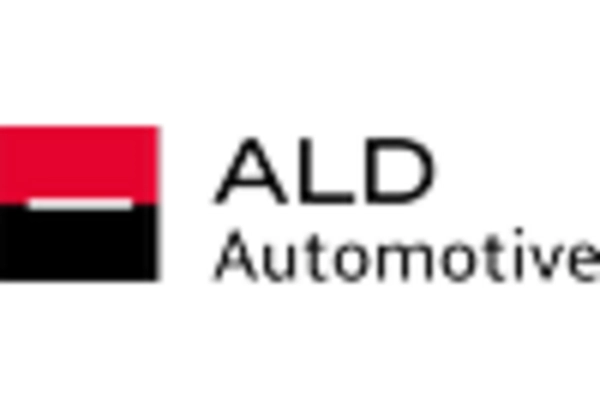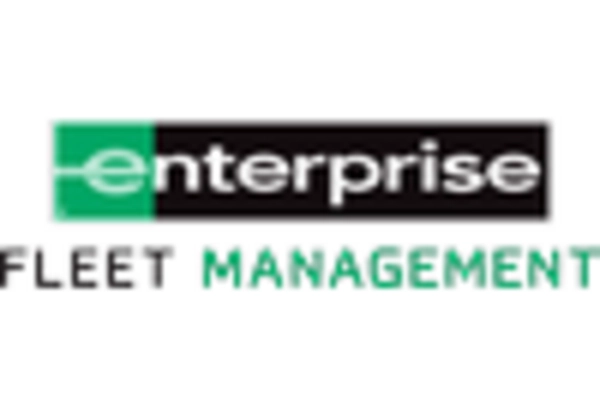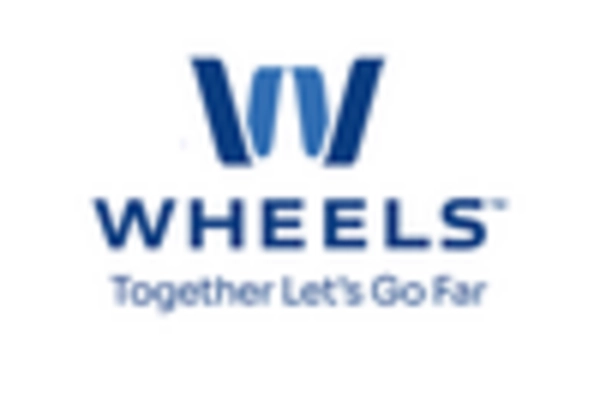Market Trends
Key Emerging Trends in the Automotive Fleet Leasing Market
The increasing recognition of the advantages associated with fleet leasing has drawn the attention of customers, making it an attractive option for many. The appeal of vehicle fleet leasing lies in its various benefits, ranging from cost-effectiveness to enhanced operational efficiency in fleet management.
One of the primary reasons customers are inclined towards vehicle fleet leasing is the lower cost incurred in comparison to outright purchase. The financial commitment involved in leasing is relatively modest, making it a financially prudent choice for individuals and businesses alike. This affordability factor allows lessees to access a fleet of vehicles without the substantial upfront expenses associated with outright ownership.
Beyond the financial considerations, fleet leasing offers superior operational management for those in need of a fleet of vehicles. The benefits extend beyond mere cost savings, encompassing features that streamline operational aspects. Fleet leasing provides a comprehensive solution that includes access to detailed fuel expenditure records. This transparency enables lessees to monitor and manage fuel costs effectively, contributing to better financial planning.
Additionally, the ability to track mileage and location is a valuable feature of fleet leasing. This tracking functionality enhances operational control by providing real-time insights into the usage patterns of each vehicle in the fleet. Such data can be instrumental in optimizing routes, scheduling maintenance, and improving overall fleet efficiency.
Fleet leasing arrangements also extend support in insurance claims and repairs, streamlining these processes for lessees. This assistance ensures a smoother experience in handling insurance matters, reducing administrative burdens for individuals and businesses relying on fleet leasing services. The ease of managing insurance claims is a practical advantage that contributes to the overall convenience of the leasing arrangement.
Moreover, the maintenance cost associated with fleet leasing tends to be lower than other alternatives. This is attributed to the fixed and predictable cost structure for maintenance. Lessees benefit from knowing the exact maintenance expenses they are responsible for, allowing for more accurate budgeting. Furthermore, since leased vehicles are typically newer models, they are less prone to frequent breakdowns, resulting in lower maintenance costs over the lease period.
In essence, the growing awareness among customers about the benefits of fleet leasing is driven by the combination of financial advantages, operational efficiency, and the convenience it offers. As individuals and businesses seek cost-effective and streamlined solutions for their vehicular needs, fleet leasing emerges as a compelling option, providing a holistic approach to vehicle usage and management.









Leave a Comment